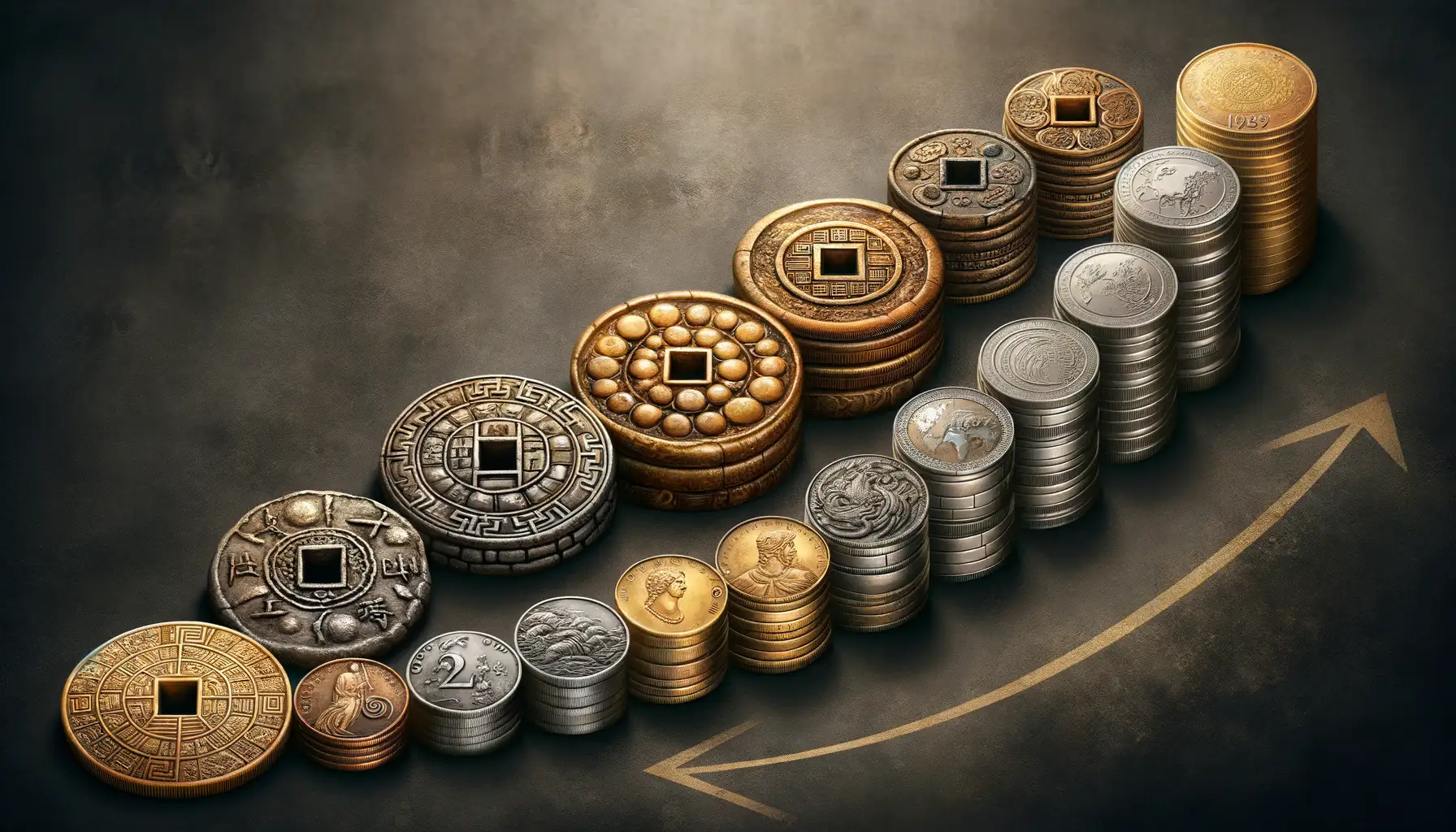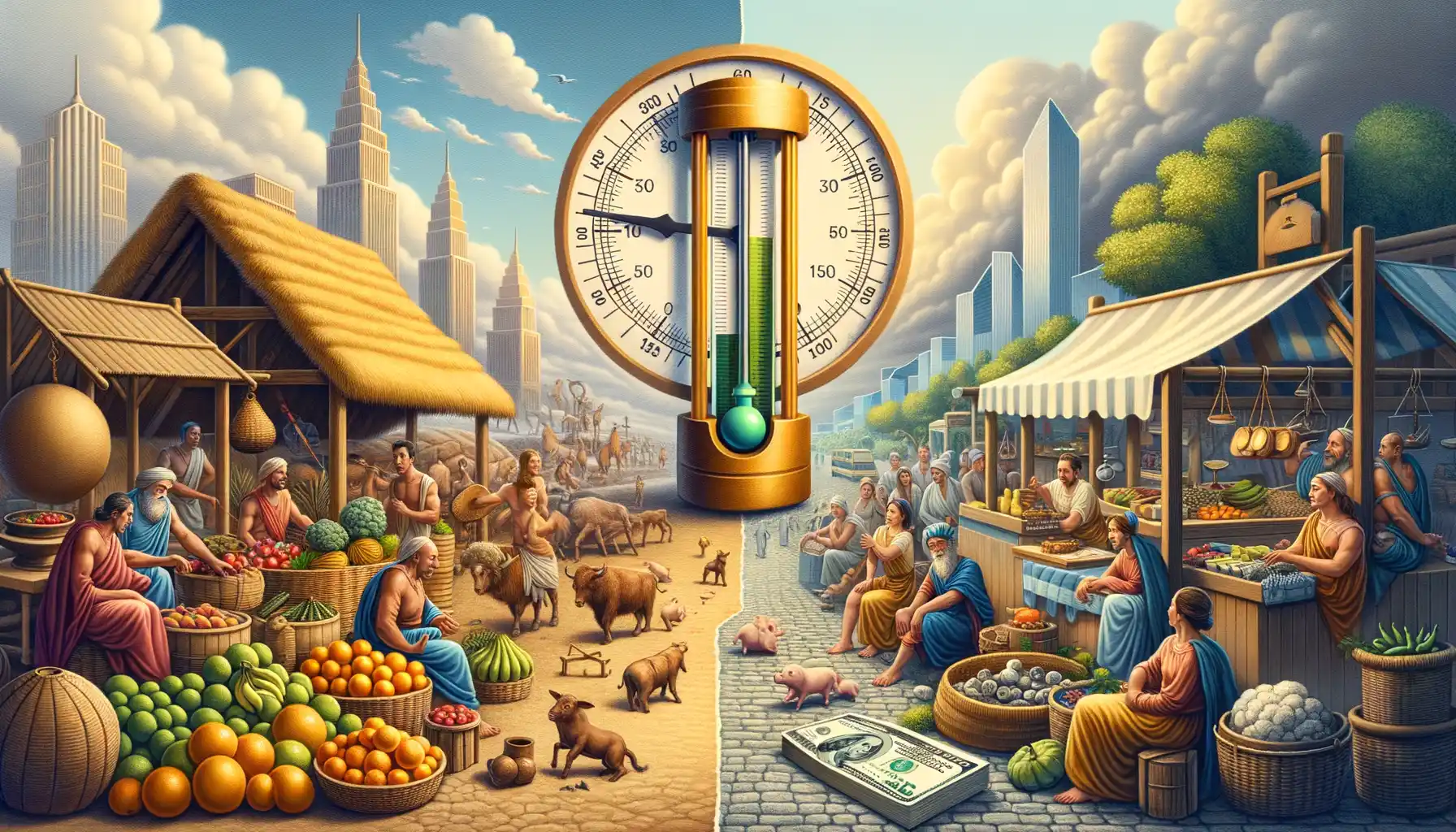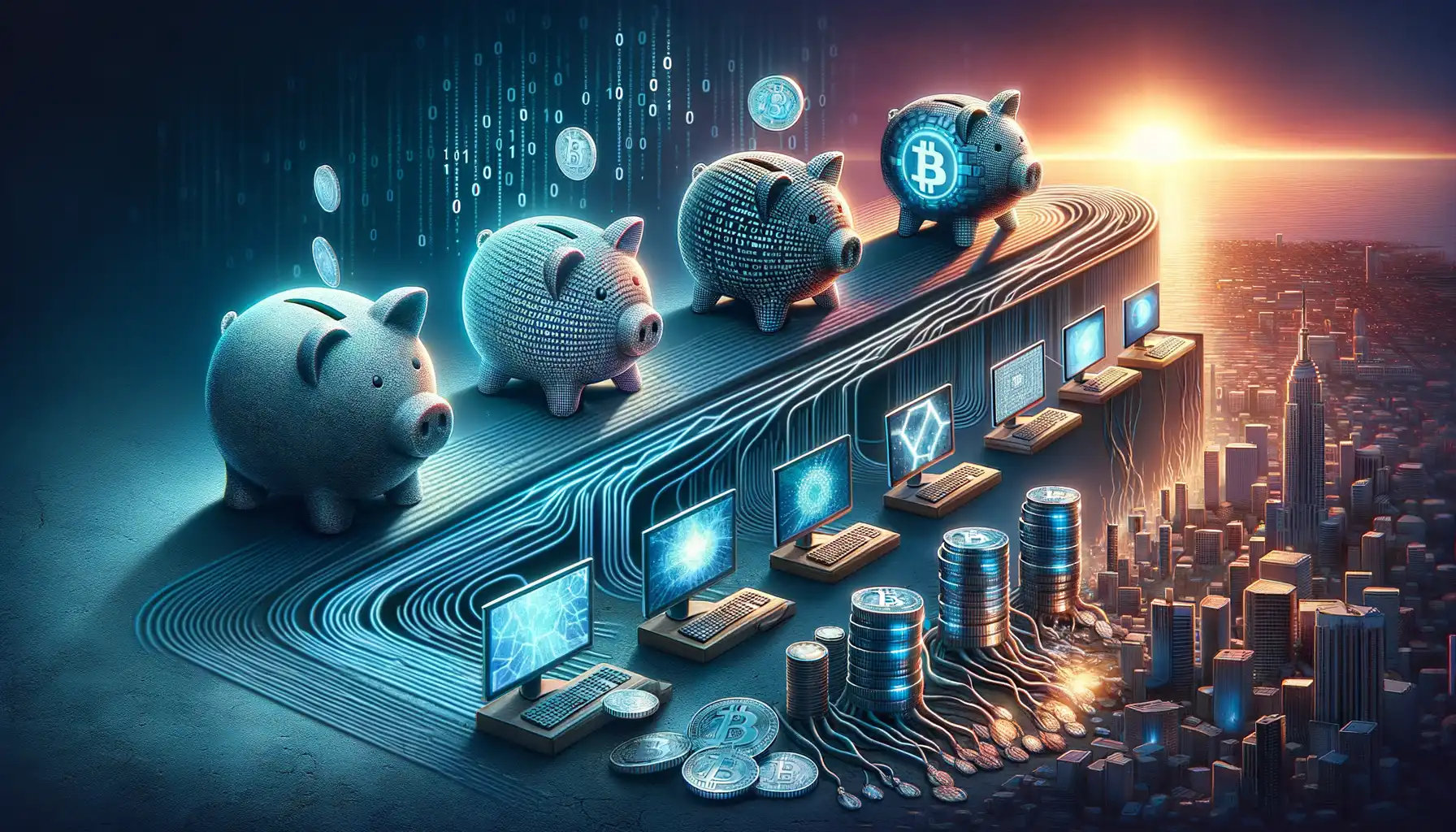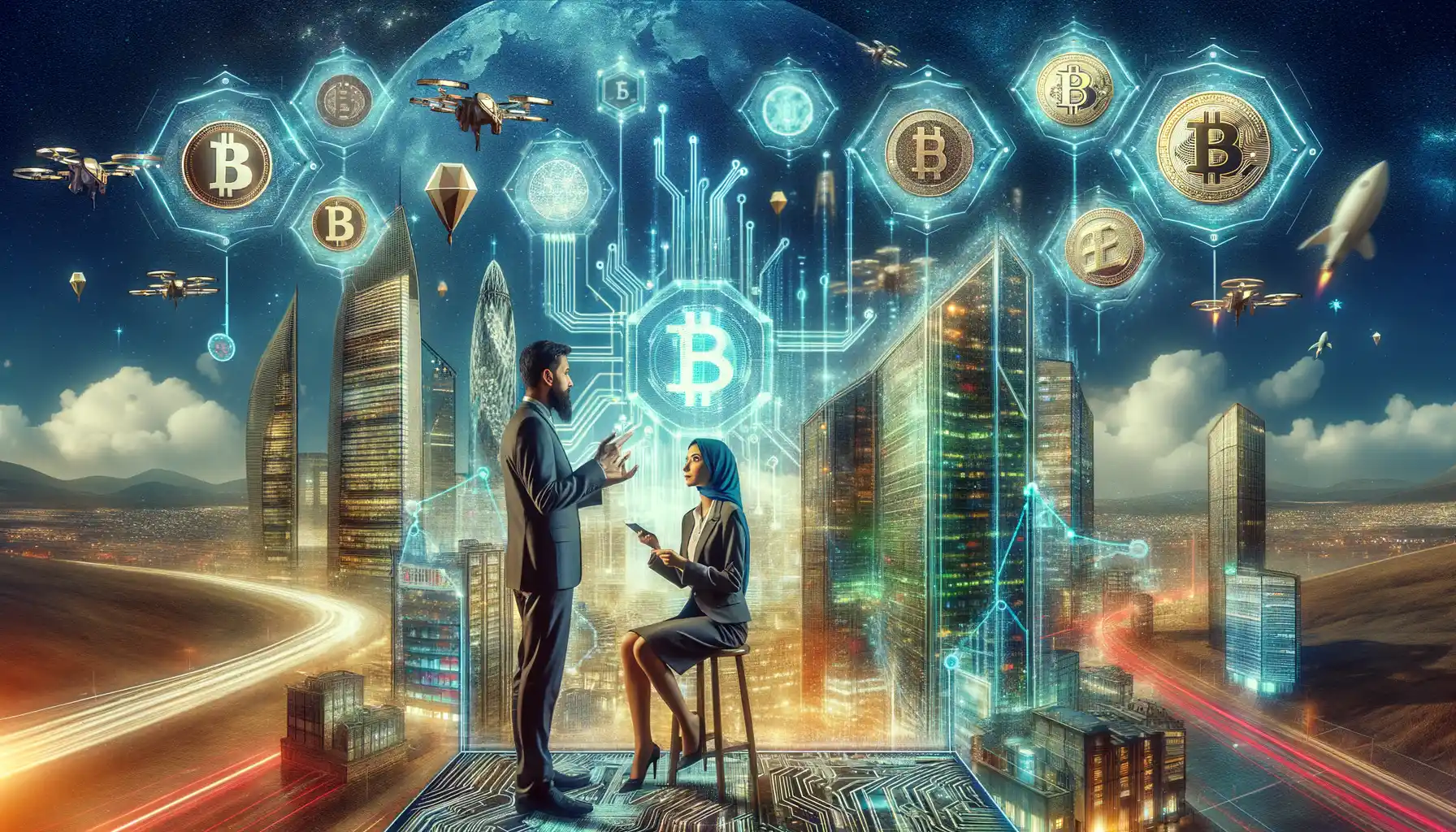The Evolution of Money Through History
From Barter to Symbolic Exchange
Imagine a world where your bread could only be swapped for your neighbor’s apples—not the most efficient system, right? That’s how humanity began its love affair with trade: bartering goods and services. But as communities grew, the limits of this system became painfully obvious. What if you needed salt but only had wool, and no one wanted it? Enter the earliest forms of money: shells, beads, and even stones. Yes, stones! On the tiny island of Yap, massive limestone discs were currency—talk about carrying “heavy” pockets.
Soon, societies started craving something more uniform and lasting. Metals like gold, silver, and bronze became prized for their durability and universal appeal. These weren’t just objects; they were symbols of trust, a handshake in material form.
A Shared Language of Value
But why did money succeed where bartering didn’t? Because it was far more than an object—it was a shared language. Ancient Egypt relied on grain and cattle as units of wealth, while in Mesopotamia, people used silver weights to seal business deals. Money was versatile, adaptable, always transforming.
Take a glance at history’s fascinating currency experiments:
- The Aztecs traded with cacao beans, turning chocolate into literal treasure.
- Medieval Europe saw salt, or “white gold,” become a cornerstone of commerce.
Each step of the journey reflects not just technological change but deeper human needs—to connect, exchange, and imagine value where none existed before.
The Rise and Development of Coins

From Barter to Metal: Why Coins Felt Revolutionary
Imagine a world where every transaction meant haggling—swapping goats for grain or fish for fabric. It wasn’t exactly convenient, was it? The arrival of coins flipped the script entirely. Suddenly, value was portable, consistent, and shiny enough to turn heads. First appearing around 600 BCE in the ancient kingdom of Lydia (modern-day Turkey), coins were a game-changer. They weren’t just practical; they carried stories.
Picture a gold Lydian coin stamped with a roaring lion—an emblem of power and prosperity. These weren’t just currency; they were symbols, shouting out a ruler’s reign or the culture’s heartbeat. Can you imagine biting into a gold coin to check its authenticity, like traders once did? Wealth became something you could hold in your hand, count in your palm, or hear clinking in your pocket.
The Craftsmanship and Meaning Behind Coins
Coins weren’t mass-produced the way today’s are; each was a mini treasure. Skilled artisans laboriously struck them by hand, crafting:
- Metals: Gold, silver, and bronze, chosen for durability and allure.
- Designs: Gods, animals, or rulers—each piece a statement of identity.
Over time, coins sparked trust across continents. The Roman denarius, for instance, traveled far and wide, uniting trade networks. Coins weren’t just tools; they were passports to commerce, culture, and even conquest. Their jingle echoed the rhythms of humanity’s march toward progress.
The Introduction of Banknotes and Their Impact

The Shift from Metal to Paper
Imagine a world where your wealth was weighed in your pocket—heavy, clinking coins made of gold, silver, or copper. While coins had their charm and durability, they weren’t exactly the most convenient travel companions. Enter the revolutionary idea of *banknotes*: lightweight, portable, and game-changing. The introduction of paper money wasn’t just a shift in material; it was a shift in how people connected to value itself.
First adopted by the Chinese during the Tang Dynasty, these early notes, known as “jiaozi”, symbolized trust between merchants and governments. No longer did you need bags of metal weighing you down; a slip of paper could represent untold wealth. By the time Europe embraced paper currency in the 17th century, it was like moving from horses to rockets—the possibilities seemed endless. But let’s not romanticize it fully: banknotes sparked anxiety too. What if this paper, unlike gold, lost its worth? It took bold leaps of faith to make this system work.
- Convenience: Lighter and easier to carry than coins.
- Security: You could store money without fear of thieves melting it down into untraceable pieces.
- Economic Revolution: Trade blossomed as transactions became faster and broader.
A World Forever Changed
Banknotes didn’t just simplify commerce—they rewired society. Suddenly, value wasn’t physically perceived anymore; it was imagined and trusted. This concept paved the way for today’s financial systems. Think about it: would digital wallets exist without this leap? Looking at your crisp $20 bill now, can’t you almost see its ancestors—the fragile, hand-stamped notes of an empire long gone? What a journey!
The Emergence and Growth of Digital Currencies

From Obscurity to Mainstream: The Rise of Digital Money
Imagine a world where your wallet exists only on your phone, and cash is as foreign as an ancient relic. That’s the revolution digital currencies sparked—not just in technology, but in how we think about money itself. It all began quietly, like a ripple in a pond, with the launch of Bitcoin in 2009 by the still-mysterious “Satoshi Nakamoto.” Few believed it could redefine finance, yet here we are.
Digital currencies grew not because they were shiny or trendy, but because they offered something radical: independence from banks, transparency through blockchain, and borderless transactions. But this wasn’t just about sending money faster—it was about taking power back. Suddenly, a farmer in Kenya could receive payments directly, bypassing towering fees.
- Ethereum: Introduced smart contracts, making agreements self-executing.
- Ripple (XRP): Focused on lightning-fast international transfers.
- Dogecoin: Started as a joke, only to gain a cult-like following.
What makes this story of growth spark such emotion? It’s the sheer audacity. Every Bitcoin mined, every altcoin launched, is a testament to one truth: the future of money isn’t just digital; it’s unlimited in potential.
A Financial Tectonic Shift
This isn’t merely a technological evolution; it’s a philosophical one. Blockchain, the backbone of cryptocurrencies, operates on trust—coded into the system. No bankers in suits, no hidden fees, just algorithms ensuring accuracy. I find it fascinating how even skeptics have joined the fray. Remember when social media giants created their own coins? Or when El Salvador boldly adopted Bitcoin as legal tender?
Of course, the road hasn’t been smooth. Market crashes and scammers came with the territory—like any revolution, risks loomed large. Yet, this wild ride has sparked global conversations about decentralization, privacy, and inclusivity. Can you feel it? We’re living in the middle of a financial shift that will one day be studied alongside the rise of coins and banknotes.
The Future of Money in a Digital Age

Digital Wallets: The New Cash in Your Pocket
The future of money is unfolding right before our eyes, and it’s nothing short of fascinating. Picture this: the clinking sound of coins, the crisp feel of a fresh banknote—both slowly fading into memory as we embrace slick, frictionless transfers of value through digital wallets. These aren’t just apps; they’re becoming something akin to vaults for a new era. Your phone? It’s your bank, your teller, and your safe, all rolled into one sleek device.
What’s driving this transformation? A mix of convenience, speed, and a deep trust in technology. Think about how often you’ve left home without cash, confident that a tap of your card—or even your smartwatch—is enough. Now imagine stepping further into a world where these digital tools evolve to handle cryptocurrencies, cross-border payments, or even programmable money that knows exactly how and when to be spent.
- Blockchain: The invisible spine behind many digital transactions, ensuring security and transparency like never before.
- Central Bank Digital Currencies (CBDCs): Government-backed digital money, bridging the gap between the old and new worlds.
It’s more than a tech shift; it’s a change in how we think about value itself. A once-physical concept now floats, almost weightless, in clouds and ledgers—but it feels no less real.